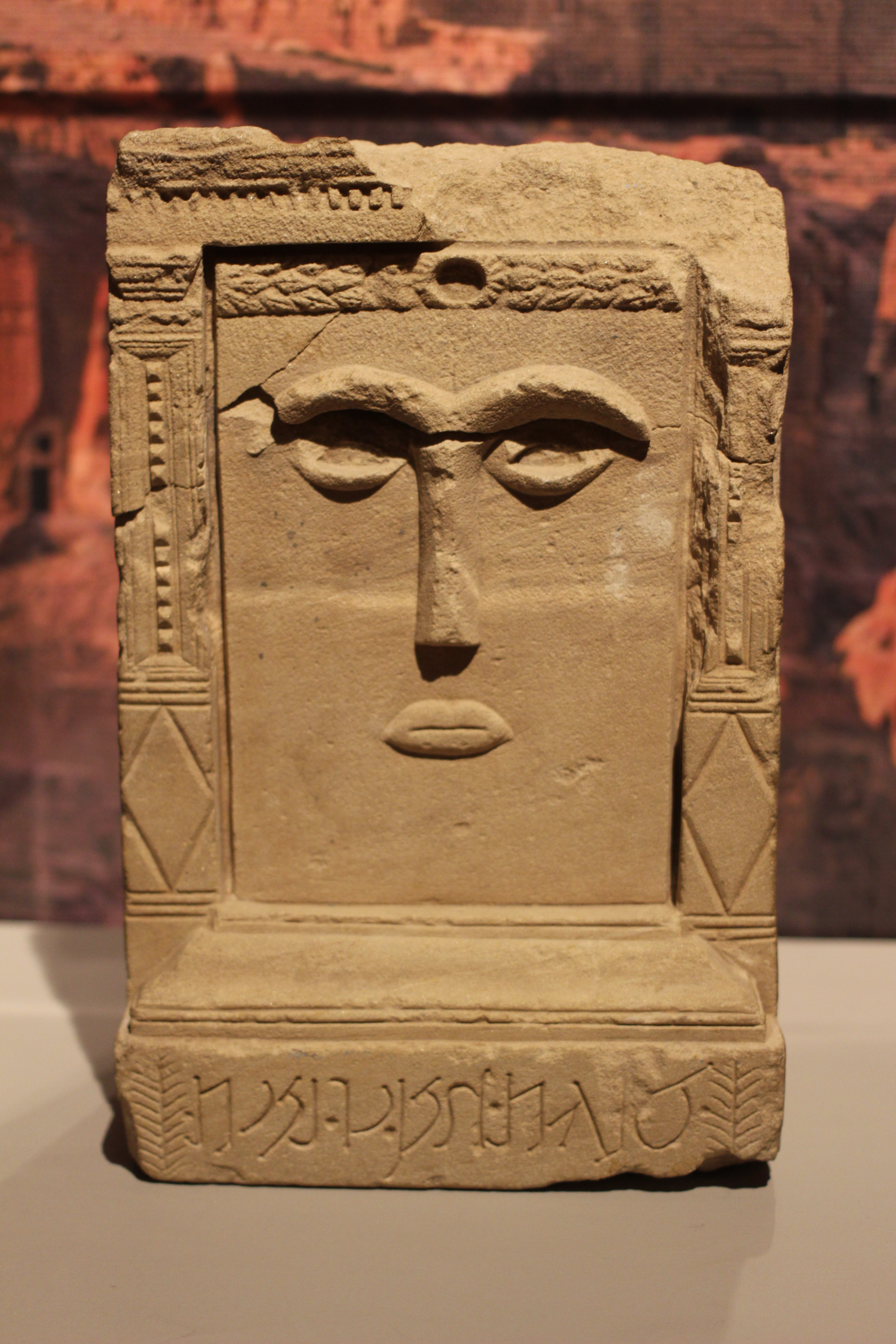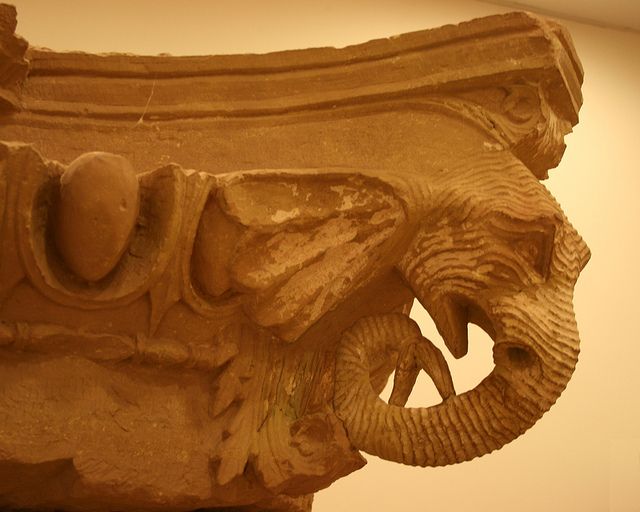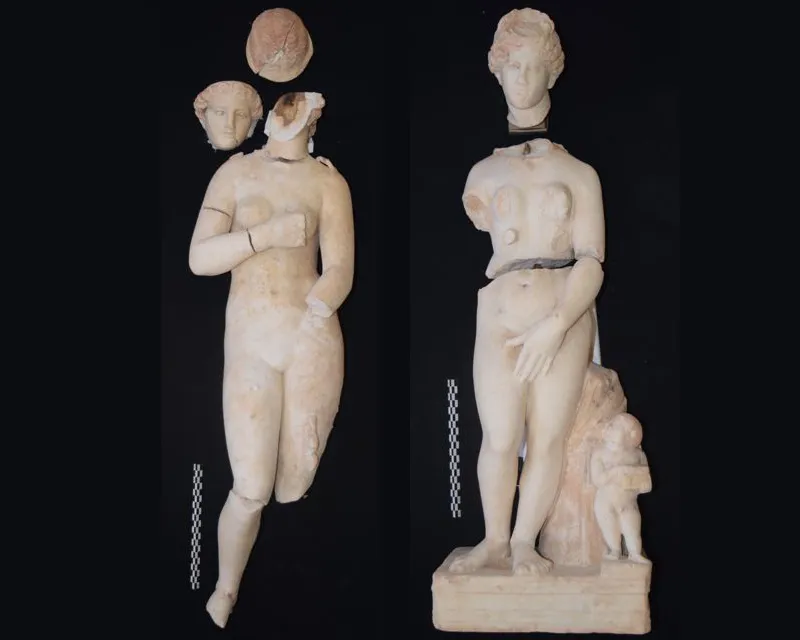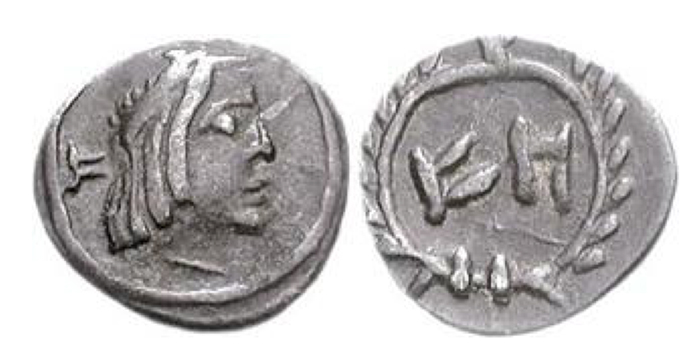Artifacts Found in Petra
Petra, the ancient city nestled within the rugged landscapes of Jordan, holds a treasure trove of artifacts that offer glimpses into its vibrant past. From intricate pottery and sculptures to remnants of elaborate tombs and temples, Petra's artifacts provide a tangible connection to the diverse cultures that once thrived. Each piece narrates a story of the Nabataeans' architectural prowess, artistic sensibilities, and the flourishing trade that characterized this desert city. Join us on a brief exploration of Petra's artifacts, where history comes to life through the silent eloquence of these archaeological gems.
Betyls
Betyls are blocks of stone which represent the gods of the Nabataeans
“Betyl” comes from the Greek Βαιτύλια and a myth the Greeks told of Ouranos who created animated stones that fell from heaven. Betyls were commonly placed on altars or platforms and religious rituals were performed there. Sometimes, betyls can be found in tombs. the Nabataean inscriptions are examined to identify deities associated with betyls. This examination leads to the conclusion that the betyl symbolizes the divine presence of the represented deity and is not exclusive to Dushara and Al-ʿUzza. The relationship between the betyl and the nephesh is outlined, and a typology of betyls based on their shapes is presented, revealing potential variations and distinctive features. The classification criteria are expanded to encompass the niches and their surroundings. The positioning of the niches, their functional context, installations linked to the niches, imagery featuring betyls, and the designation of the mōtab as a sacred area for Dushara all contribute to elucidating the role of the betyl in the religious practices of the Nabataeans.

Capital with Elephant Heads
The Nabataeans knew about elephants through their trade with India.
The lower temenos featured 120 columns, each adorned with limestone capitals depicting Asian elephant heads instead of the typical corner volutes. Approximately 536 to a maximum of 576 meticulously crafted elephant heads, covered in a delicate layer of white plaster, showcased a naturalistic and unique design, suggesting that the stonemasons had firsthand knowledge of the living animals.
Similar elephant capitals have been uncovered by archaeologists at other Nabataean sites, such as Khirbet Brak, Khirbet Tannur, and Beidha. However, there is no explicit mention of their religious significance. Scholars propose a potential link to Alexander the Great, whose symbol is the elephant, the cult of Dionysus associated with him, and the specific virtues attributed to the animal. In this context, the Nabataean elite might have regarded the elephant as a symbol of triumph, royal magnificence, power, honor, and protection against malevolence.

Goddess Aphrodite Statue
Recently unearthed in Petra, the ancient desert city of Jordan, were two marble statues depicting Aphrodite/Venus, the Greco-Roman goddess of love. Dating back to the second century A.D., these statues are remarkably well-preserved, retaining traces of the paint applied to them centuries ago. The discovery was made by a team of archaeologists and graduate students from the U.S. collaborating with the Department of Antiquities of Jordan.
Crafted in a distinct Roman style, these statues provide insights into the influence of Rome on local culture in Petra, following the annexation of Nabataea—the Arabic kingdom encompassing Petra—in A.D. 106. The statues, almost fully intact with recovered heads and most of the bodies, were identified as representations of the goddess Aphrodite. While the Romans also knew her as Venus, her Greek name was more commonly used in the eastern half of the empire, including Petra.
One of the sculptures, complete from the waist down, remained attached to its base, where a knee-high Cupid stood, gazing up at the goddess. Despite being in several pieces, the statues exhibited surprisingly light damage and wear on their surfaces,

King Aretas IX Coin
Nabataeans used the coins of trading partners, particularly Ptolemaic Egypt and Phoenician Tyre.
At its height, Petra held as many as 30,000 residents and boasted a theater seating 8,000. Aristocrats and merchants competed to carve grand tombs into the surrounding pink sandstone cliffs, mixing Egyptian, Greco-Roman and Mesopotamian architecture. Nabataean coinage offers a unique window into the lives of these remarkable people. Early Nabataean coins are anonymous, overstruck on bronzes of the first three Ptolemies, who ruled Egypt from 303 to 221 BCE. In the ancient world, small change was always in short supply; coins remained in circulation for many decades, so “late third to early second centuries BCE” is a rough estimate.

King Aretas Coin
Aretas appears on a historic denarius issued at Rome in 58 BCE by M. Aemilius Scaurus, who, as governor of Syria, invaded Nabataea in 62 BCE.
The Romans failed to capture Petra. Scaurus agreed to withdraw in exchange for 300 talents of silver. The coin depicts King Aretas kneeling beside a camel, offering an olive branch as a token of peace. This was the first Roman coin on which an issuing official boasted of personal achievement, rather than the achievements or glory of his ancestors.
.jpg)
Lead Coins
Since 2002, some Nabataean lead coins have come to light.
Coin production in Nabataea commenced during the rule of Aretas II, around 110 – 96 BC. However, it was his successor, Aretas III, who held sway over territories extending to Damascus. The silver coins were crafted based on the weight standards of the Roman Denarius or Greek Drachma. Given the prevalence of the Greek weight system in the neighboring regions of Nabataea, it is assumed that the coins adhere to this standard. Although the local names for the denominations remain unidentified, the terms "Latin denarius" and "Greek drachma" are used interchangeably.
Some scholars suggest that the coinage is rooted in the Phoenician drachmae rather than the Attic drachmae weight standard. The most prevalent are the small bronze coins, ranging from 5 to 25 mm in diameter, which circulated concurrently with the coins of Judaea. While the specific nomenclature for these coins is undisclosed, they align with the common bronze coins circulated in the Greek-influenced regions during the same period.




.jpg)
